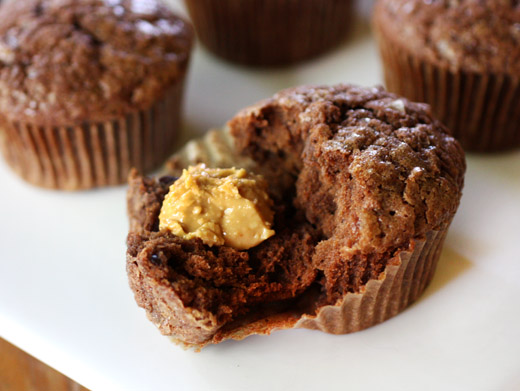
Can we talk cherries? I go a little bonkers for them every year. Last year, it was Cherry Lambic Crisps and White Chocolate-Cherry Ice Cream and Cherry Sorbet Sandwiches. The year before, I couldn't get enough of Pickled Cherries. So, when Whole Foods asked if I'd like to help celebrate Cherry Fest by coming in for more fresh, lovely cherries and planning a special menu around them, it was an invitation to a kid into the proverbial candy store. Cherry Fest is taking place at all Austin Whole Foods stores this weekend, Friday through Sunday, with special events from 12pm until 5pm. On Friday, there will be a one-day sale on cherries. For a cherry-themed meal, I imagined quail would pair well with the fruit, and I set about hunting for sauce ideas. In Sunday Suppers at Lucques , there's a Savory Cherry Compote served with duck confit which I thought would work just as nicely with grilled quail. With the main dish decided, I started a search for a salad with cherries. Girl in the Kitchen
, there's a Savory Cherry Compote served with duck confit which I thought would work just as nicely with grilled quail. With the main dish decided, I started a search for a salad with cherries. Girl in the Kitchen had just what I'd hoped to find. It's a raw, crunchy mix of thinly sliced kohlrabi and fennel with fresh cherries, and it's made tangy and bright with chopped preserved lemon and fresh mint.
had just what I'd hoped to find. It's a raw, crunchy mix of thinly sliced kohlrabi and fennel with fresh cherries, and it's made tangy and bright with chopped preserved lemon and fresh mint.

I couldn't help making a few minor changes to the cherry sauce. Rather than making it with port, I opted for a Zinfandel on the fruitier side. Also, to keep this sauce firmly in the savory category, I added some minced shallot to the ingredients that simmered with the cherries. So first, spices and herbs were gathered in a cheesecloth bundle, and those included thyme, bay leaves, chiles de arbol, star anise, a cinnamon stick, and black peppercorns. A quarter cup of sugar was melted in one cup of water in a saucepan, that was brought to a boil, and then a half cup of Zinfandel, juice from two oranges, and the spice sachet were added. I added minced shallot at that point as well. The heat was reduced to a simmer, and one third pound of stemmed and pitted cherries was added and poached for about ten minutes. At that point, the sauce was strained into a heat-proof measuring pitcher to remove the cherries and sachet. The strained sauce was returned to the saucepan, and cooked until reduced by two-thirds. It was strained again, seasoned with salt and pepper, and just before serving, a tablespoon of butter was swirled into the sauce and the cherries were returned to the pan. I used semi-boneless quail which were cut in half, and I removed the wing tips. I marinated the halved quail in a mix of olive oil, minced garlic, sliced serrano chiles, chopped sage, oregano, and rosemary. Grilling the quail happens quickly. They only need a few minutes on each side over high heat on the grill. Then, I moved them to a cooler spot on the grill and basted them with some of the sauce. The grilled quail was served with more sauce including the cherries. The sauce is full of big, fruity, spicy flavors, but once it coated the quail, it seemed more subtle, like that was exactly where it belonged.
The salad is a very quick preparation. Trimmed kohlrabi and fennel bulbs were cut in half lengthwise, and then thinly sliced on a mandoline. Cherries were pitted and sliced in half. Everything was combined in a large bowl, drizzled with olive oil, finely chopped preserved lemon was added, and it was seasoned with salt and pepper. You should taste before adding salt since the lemon adds a good bit of saltiness of its own. After tossing to mix well, chopped, fresh mint was sprinkled on top. It's a simple mix of well-coordinated flavors. Fruity sweetness, acidity, herbiness, and the floral anise of fennel were delightful in this cool, crisp salad.
A dessert with cherries was easy to choose, and of course, I'm not done with cherries for this year. I've been having them for breakfast with Greek yogurt and homemade granola, and I still need to stock the freezer with a few bags after more have been pitted. And, more ideas for using cherries keep catching my eye:
Cherry Tartlets
Cherry Prosecco Granita
Cherry and Rosemary Focaccia
I received a $150 gift card from Whole Foods. I am a member of the Amazon Affiliate Program.







































